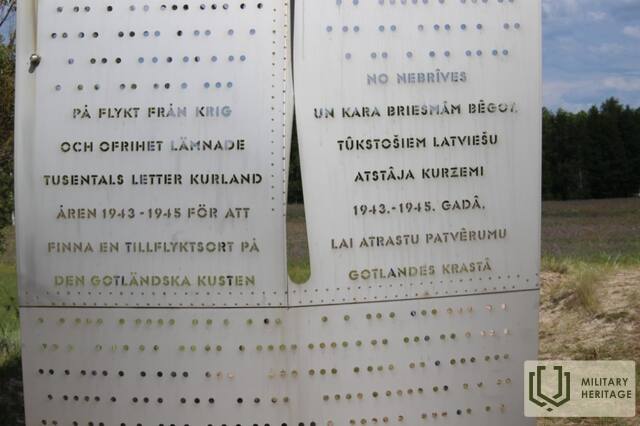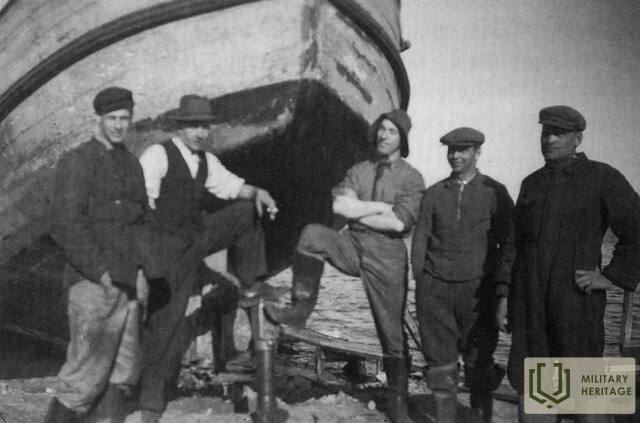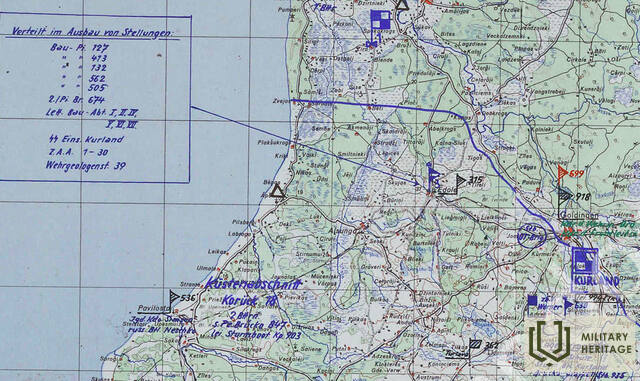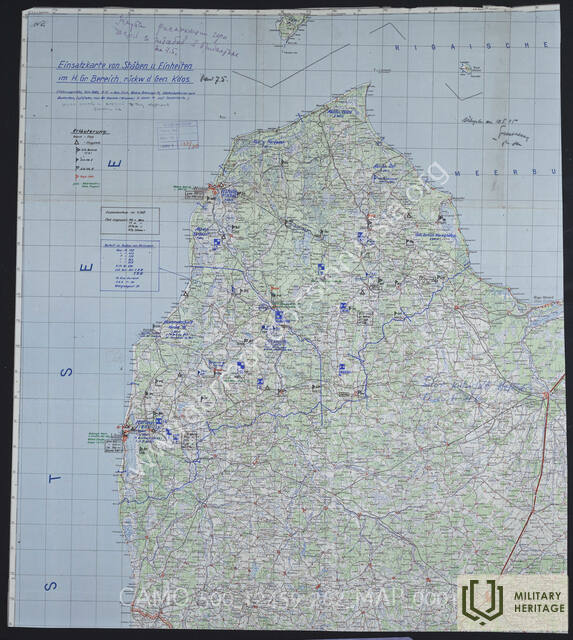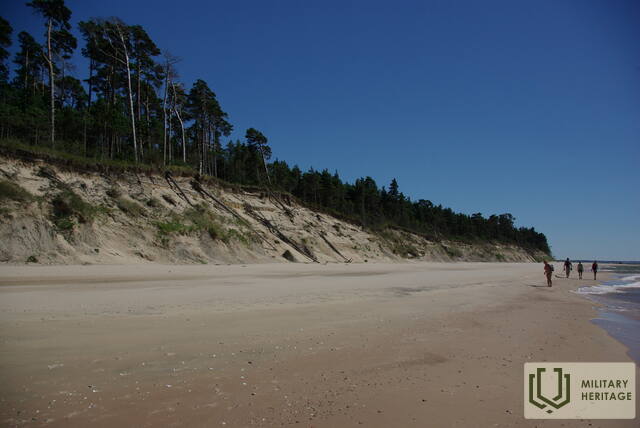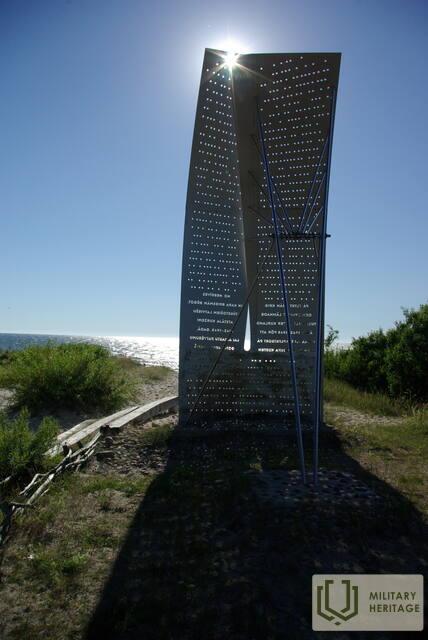Memorial sign for refugees "Sail of Hope" in Jūrkalne
Memorial site
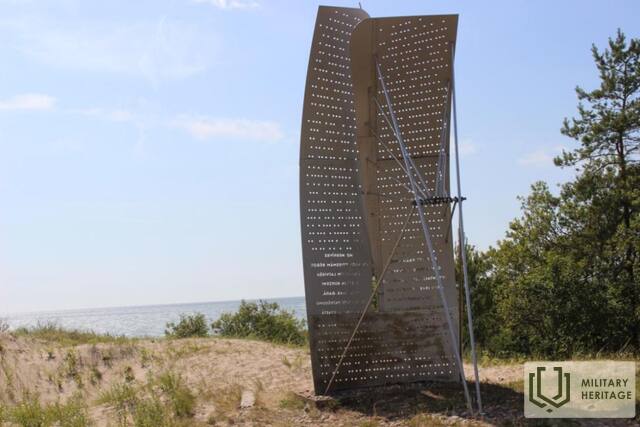

The "Sail of Hope" commemorative sign for the World War II refugees who crossed the Baltic Sea by boat to the island of Gotland in Sweden in 1944 and 1945. The memorial is located in Osvalki on the dunes between the sea and Ventspils-Liepaja highway, near the public transport stop "Kaijas". It was created by sculptor Ģirts Burvis, who realised it as a sail of hope symbolising the memory of Latvian refugees.
Between autumn 1944 and spring 1945, fearing the renewed Soviet occupation but unwilling to evacuate to a devastated and threatened Germany, some Latvian citizens tried to reach the nearest neutral country, Sweden, by sea. Some of the boats were organised by the Latvian Central Council with the help of the Western Allied countries, which resulted in one of the largest refugee concentration points in Jūrkalnes parish. Besides the boats organised by the Latvian Central Council, other boats were also taken across the sea. It is estimated that about 5000 persons managed to cross the sea. The number of deaths is unknown, as no records were kept of refugees leaving the Kurzeme coast.
The voyages were dangerous because the refugees were threatened by German patrols on the coast and at sea, sea mines, Soviet aircraft and warships, as well as storms, as the crossings often took place in unsuitable and overloaded cutters and boats without sufficient fuel and food supplies, sea charts and navigational instruments. Departures from Latvia were carried out in secret. The destination of the boats was the island of Gotland, and the journeys most often started on the west coast of Courland (from Jūrkalne to Gotland is 90 nautical miles or about 170 kilometres as the crow flies).
Used sources and references:
https://replay.lsm.lv/lv/yareksts/ltv/136422/atslegas-kurzemes-kara-begli-un-laivu-viri-glabeju-varonstasts
https://play.tv3.lv/series/_,serial-2703568/_,episode-2703576
The Movers. Ēriks Tomsons, Pēteris Jansons, Laimonis Pētersons / Compiled by M. Zirnīte. Riga: Mansards, 2021.
Related timeline
Related topics
Related stories
The first refugee boat "Centība" from Bambali
On 31 October 1944, the boat "Centība" left the Kurzeme coast. The departure of this boat was reconstructed by Valentīne Lasmane, the Convener of the Latvian Central Council, from the recollections of several fellow passengers
The last birthday celebration of Kārlis Skalbe on the Kurzeme coast
On November 7, 1944, a bright mood was brought to the Latvian refugee settlement on the Kurzeme coast by the commemorations of the poet Kārlis Skalbe’s 65th birthday in the “Laukgaļi” in Jūrkalne. Just four days later, Kārlis Skalbe set off by boat to Sweden as a refugee. It was the day when Kārlis Skalbe celebrated his birthday for the last time.
Refugee boat transfer point from the Kurzeme coast to Sweden near the "Pāži" houses
One of the important places of relocation was near the “Pāži” house, where a monument has now been erected - “Sail of Hope”. “The ships came regularly and the most people left from “Pāži”, says the memories of I. Freibergs.
The secret and dangerous activities of Valdemārs Ģinters
Valdemārs Ģinters' name was the last hope for many Latvian refugees to escape to Sweden. Too much attention from the refugees was dangerous, and therefore Ģinters kept it a secret.
The last birthday celebration of Kārlis Skalbe on the Kurzeme coast
On November 7, 1944, a bright mood was brought to the Latvian refugee settlement on the Kurzeme coast by the commemorations of the poet Kārlis Skalbe’s 65th birthday in the “Laukgaļi” in Jūrkalne. Just four days later, Kārlis Skalbe set off by boat to Sweden as a refugee. It was the day when Kārlis Skalbe celebrated his birthday for the last time.




